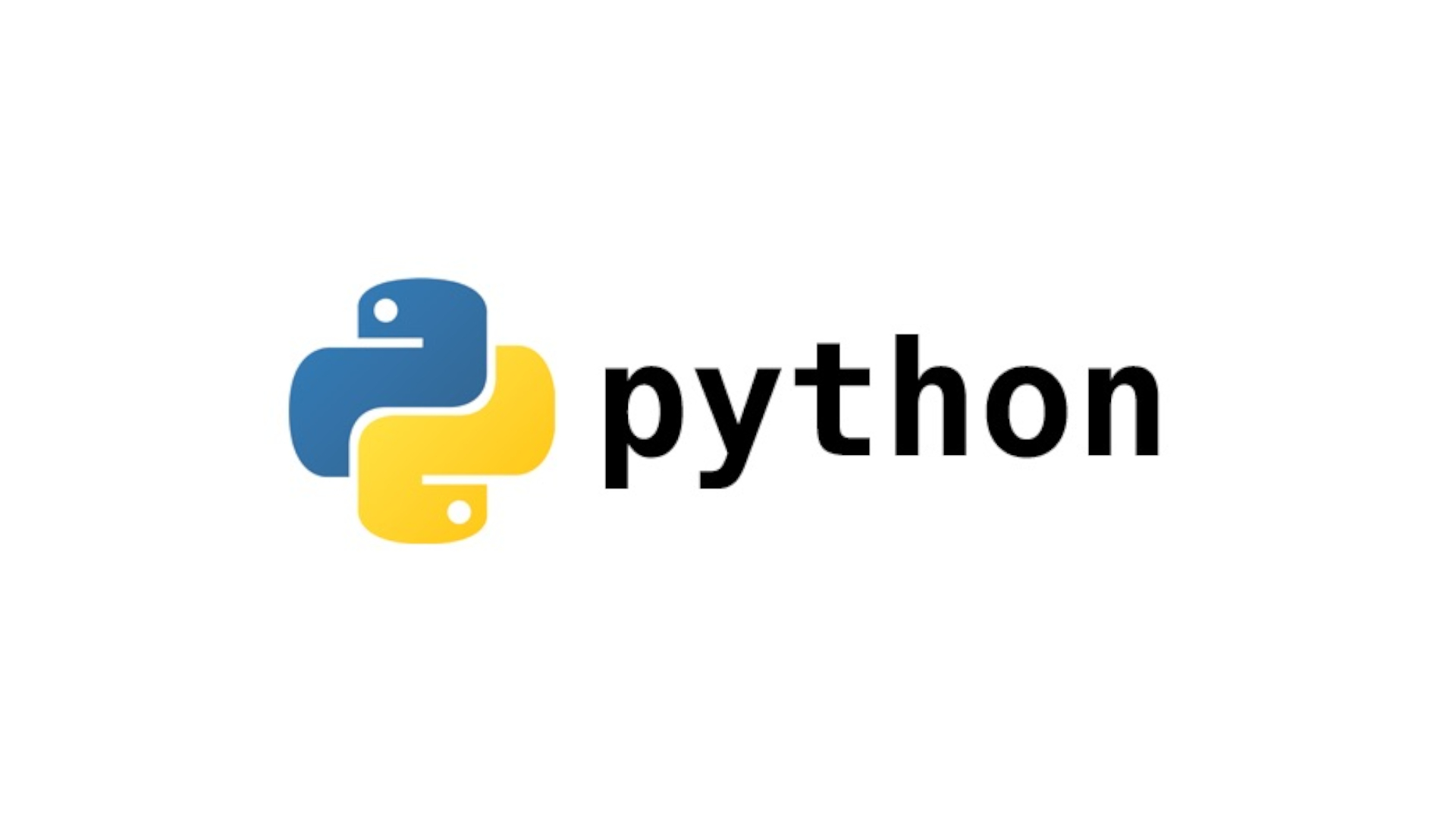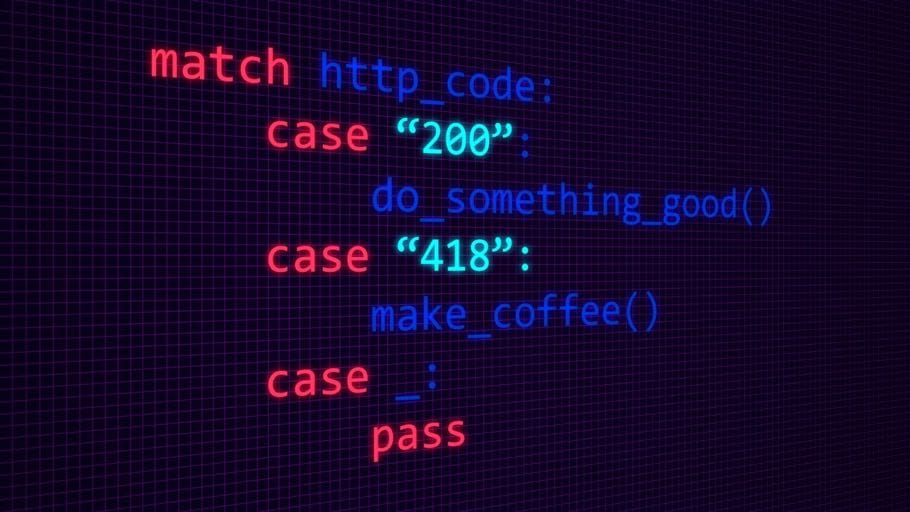Here are some useful tips and tricks in Python for beginners to the language who's coming from a traditional programming language like C or Java, and I assume you are using Python 3.
Swapping Elements
Here is the way that you're probably used to swap elements:
a = 1
b = 2
tmp = a
a = b
b = tmp
But here's a better way:
a = 1
b = 2
a, b = b, a
Initializing Lists
Sometime you just need a list of some integers set to zero. So you may do something like this:
arr = []
for _ in range(5):
arr.append(0)
Elegantly:
arr = [0] * 5
But, do note that this will create a shallow copy if you are working with a list within a list.
For example:
arr = [[0]] * 5
# [[0], [0], [0], [0], [0]]
arr[0][0] = 1
# [[1], [1], [1], [1], [1]]
String building
Now, you're going to need to print strings.
tom = "boy"
lucy = "girl"
string = "Tom is a " + tom + " and Lucy is a " + lucy + ".";
Ugh, how messy. Do this instead:
tom = "boy"
lucy = "girl"
string = "Tom is a {0} and Lucy is a {1}.".format(tom, lucy)
List Comprehensions
Then, suppose you have a list like this:
arr = [1, 2, 3, 4, 5]
And you want to double each element in that list:
for i in range(len(arr)):
arr[i] = arr[i] * 2
# [2, 4, 6, 8, 10]
Well, I can't say it's wrong, but I do have a cleaner way:
arr = [elem * 2 for elem in arr]
Returning tuples
To make life easier, Python allows you to return multiple elements (which is called tuples) in a function.
def getTwoNumber():
return 1, 2
first, second = getTwoNumber()
And you can use an underscore if you don't need all of the elements returned, like so:
_, second = getTwoNumber()
Accessing Dictionaries
dict = {}
keys = [1, 2, 9]
dict = {i: 100 for i in keys}
for i in range(10):
print("value for key {} is {}".format(i, dict.get(i, "empty")))
Nifty, huh?





